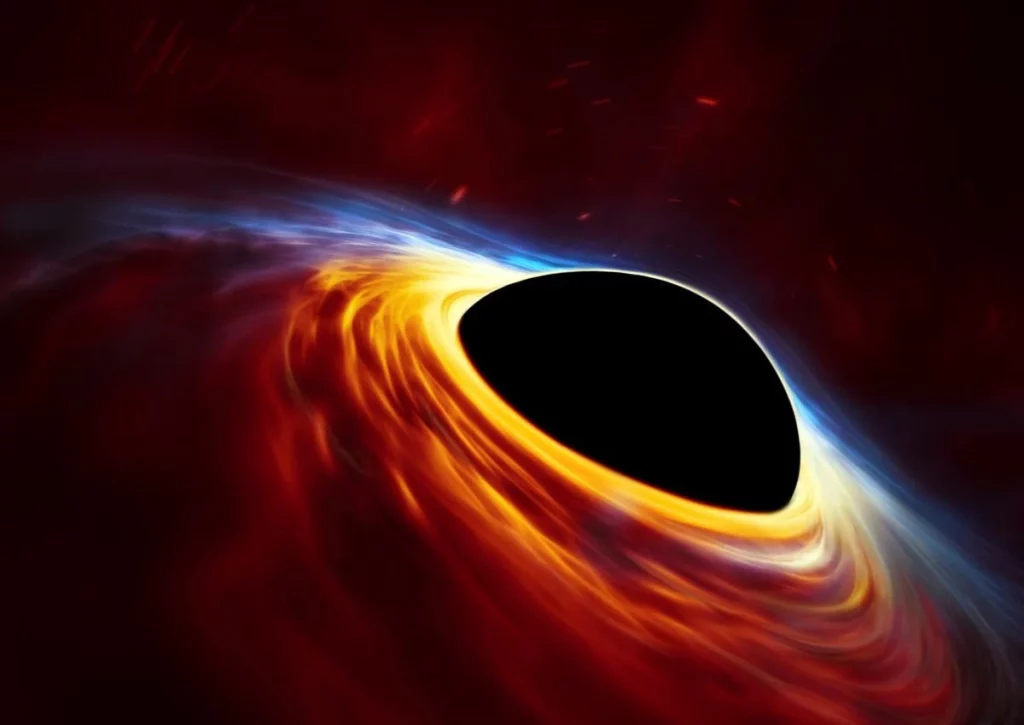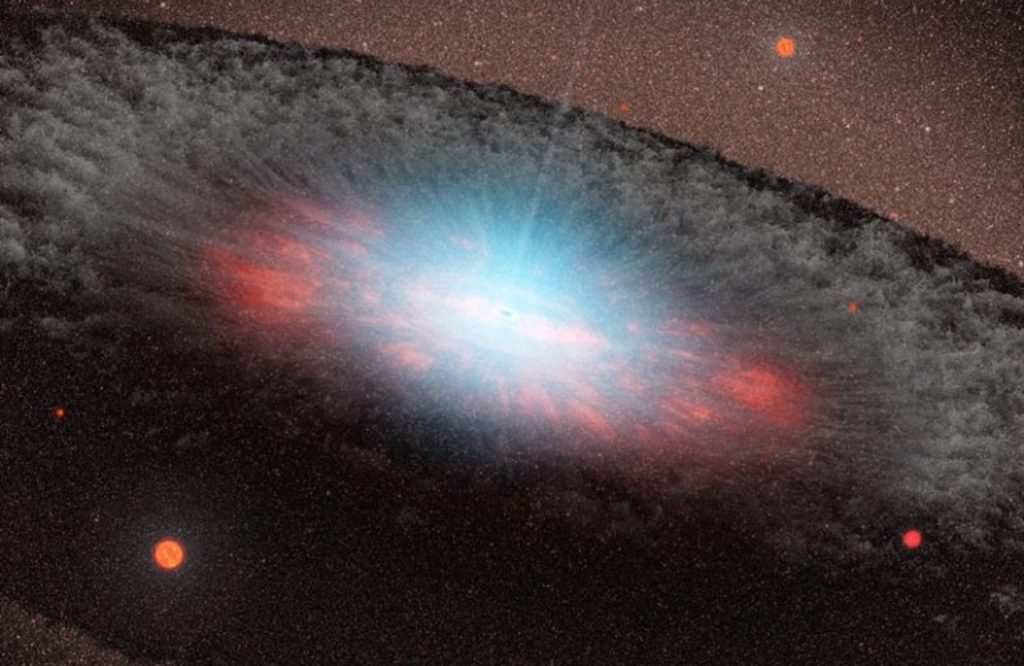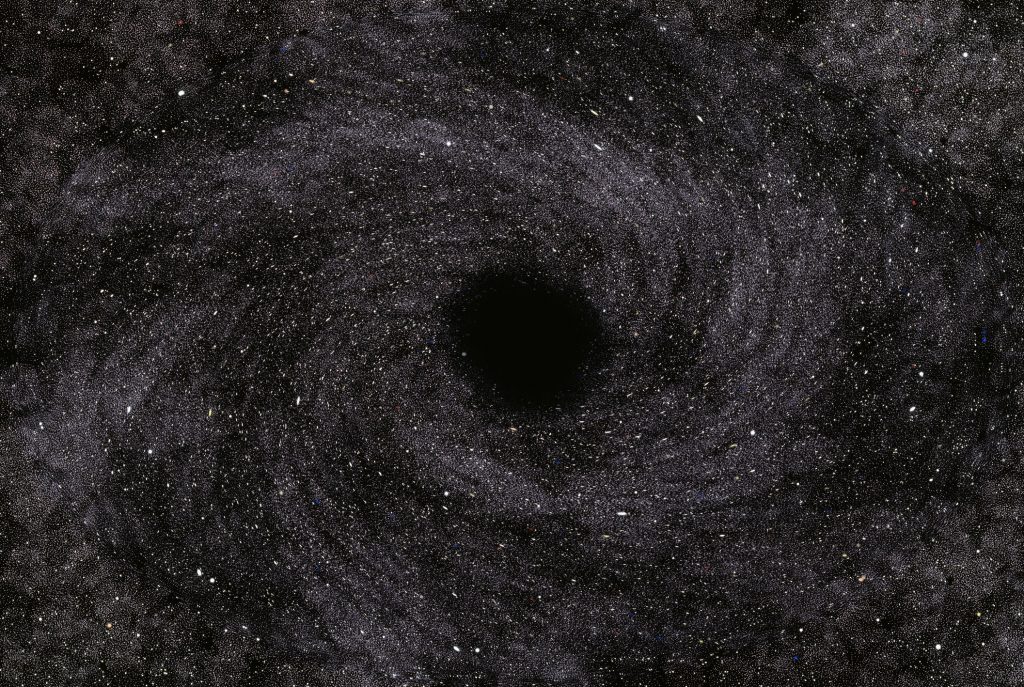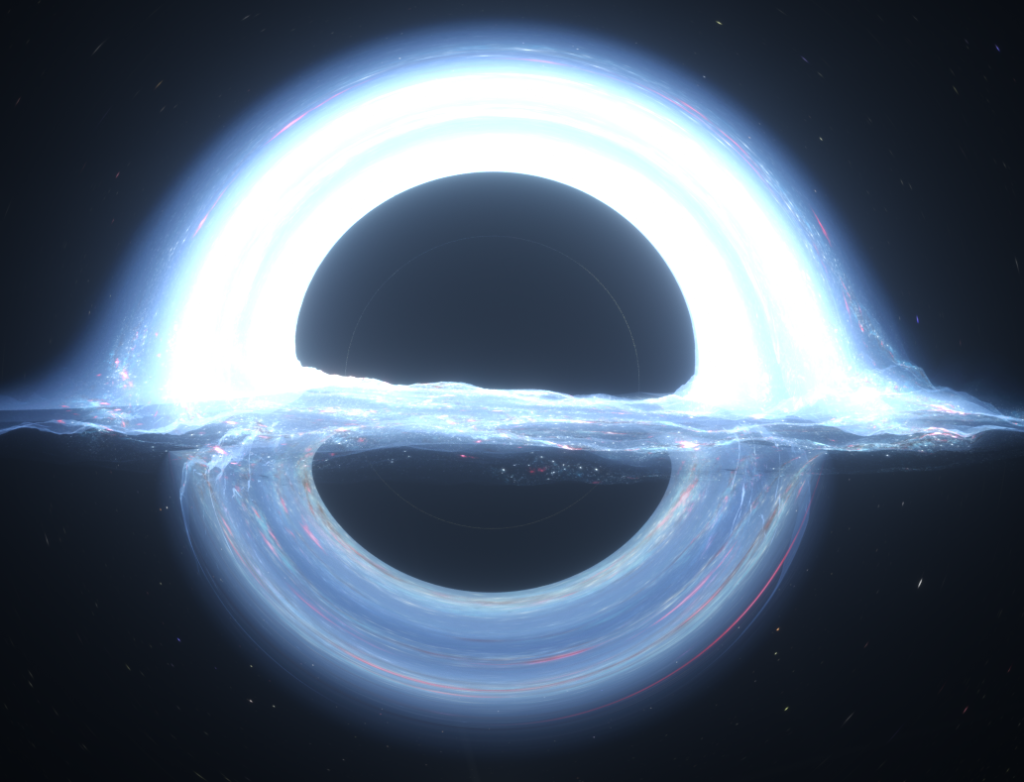1. They can be formed in two ways – in the case of the collapse of either a sufficiently massive star or the central part of the galaxy (or simply the protogalactic gas from which galaxies are formed).

2. In theory, black holes can serve as an inexhaustible source of energy. There are projects of reactors in which a microscopic black hole would be created and held, but they are still far from practical implementation.

3. The boundary, after which there is no exit from the black hole’s gravitational field, is called the event horizon.

4. An object that has passed the horizon of events will be stretched into a thin and long line for an outside observer. This effect is called spaghettification.

5. Astrophysicists claim that if there are black holes in the Universe, then there must be white ones, which are their complete antipodes. They do not attract matter, but repel it. However, the existence of white holes has not yet been proven.





























